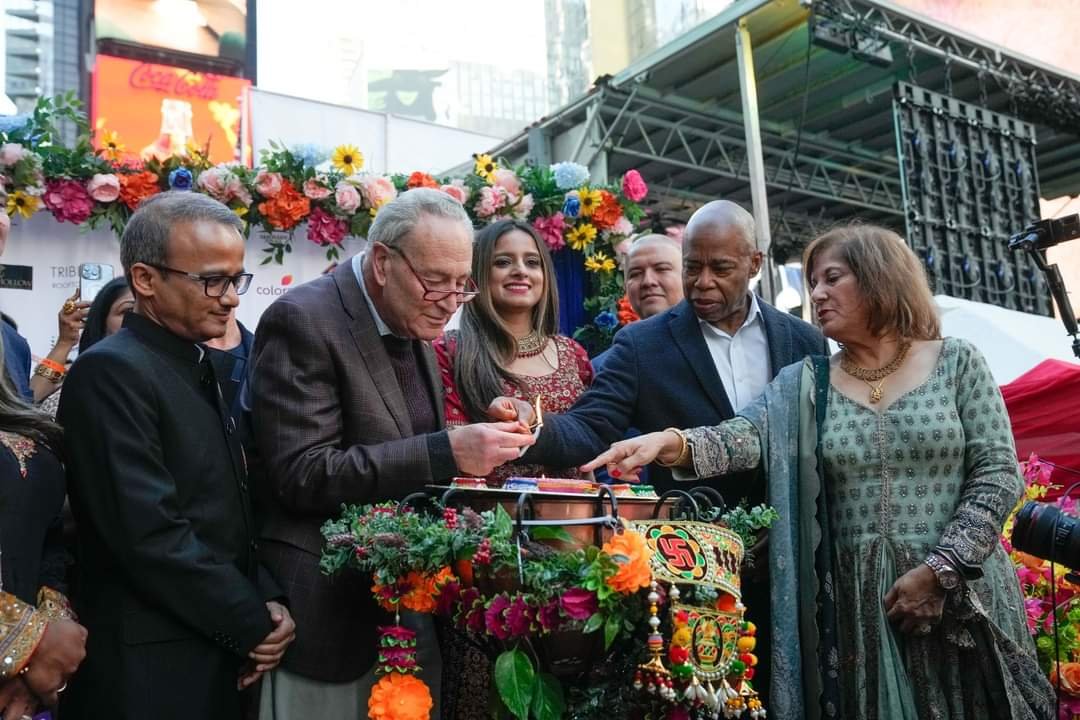
In a vibrant celebration that illuminated the heart of the Big Apple, Mayor Eric Adams took to the stage in Times Square to honor the festival of lights, Diwali.
In his heartfelt address, he expressed the significance of the occasion, stating, “What better place to celebrate the festival of lights than in the Crossroads of the World?”
The annual Diwali celebration drew a diverse crowd, uniting people from all walks of life as they came together to “push away the darkness and welcome in light all across our city.”
Mayor Adams proudly stood alongside the Hindu community, emphasizing the spirit of unity and joy that the festival brings to New York City.


About Diwali
Diwali, also known as Deepavali, is one of the most significant and widely celebrated festivals in Hindu culture, symbolizing the victory of light over darkness and good over evil. This five-day festival typically falls between October and November, coinciding with the Hindu lunisolar calendar. Diwali has various mythological origins, with different regions attributing different stories to its celebration.
One of the most popular narratives is the return of Lord Rama to his kingdom, Ayodhya, after defeating the demon king Ravana. The citizens of Ayodhya lit oil lamps (diyas) to welcome him home, marking the triumph of good over evil. In addition to the story of Rama, Diwali also commemorates the goddess Lakshmi, the deity of wealth and prosperity.
Devotees worship her during the festival, seeking blessings for success and abundance in the coming year. In some traditions, the festival also celebrates the victory of Lord Krishna over the demon Narakasura.
Diwali is characterized by a variety of customs and rituals, with festivities varying among regions and communities. Key elements of the celebration include lighting diyas and candles, where homes and public spaces are adorned with clay lamps (diyas), candles, and colorful rangoli designs made from colored powders, rice, or flower petals, symbolizing light and joy.
Fireworks bring the night sky alive, symbolizing the joy of the festival and the expulsion of darkness. Families perform puja rituals, offering prayers to Lakshmi and other deities, seeking blessings for prosperity and good fortune.
The festival is also a time for indulgence, with families preparing and sharing a variety of traditional sweets and savory dishes. Popular treats include ladoos, barfis, and jalebis.
Exchanging gifts and sweets among family, friends, and neighbors fosters a sense of community and goodwill, while wearing new clothes symbolizes renewal and new beginnings.
While Diwali has its roots in Hinduism, the festival is celebrated by various communities, including Sikhs, Jains, and Buddhists, each with its unique significance and customs.
The festival has transcended cultural boundaries, and today, it is celebrated across the globe, from India to countries like Nepal, Sri Lanka, Malaysia, and the United States.
In recent years, cities around the world have embraced Diwali, hosting public events, parades, and cultural programs that showcase the rich traditions associated with the festival. Major landmarks and buildings are often illuminated in honor of Diwali, creating a spectacular visual display.
Diwali is not just a festival but a celebration of hope, unity, and the triumph of light over darkness. It serves as a reminder of the importance of compassion, kindness, and the pursuit of knowledge, making it a cherished occasion for millions around the world.


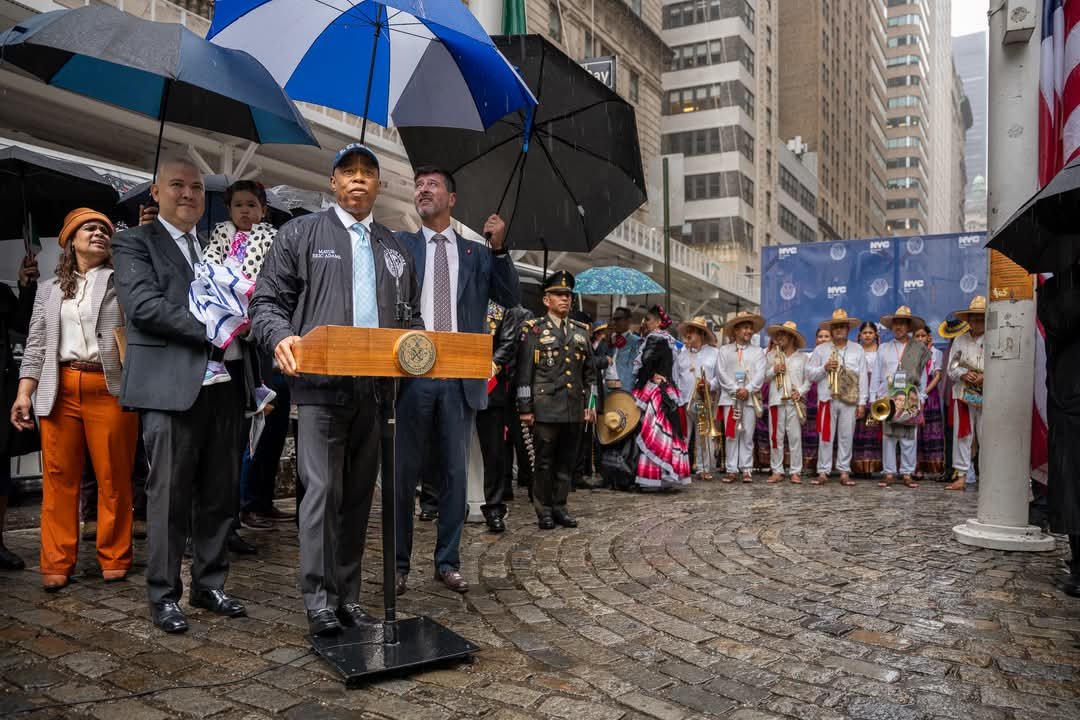

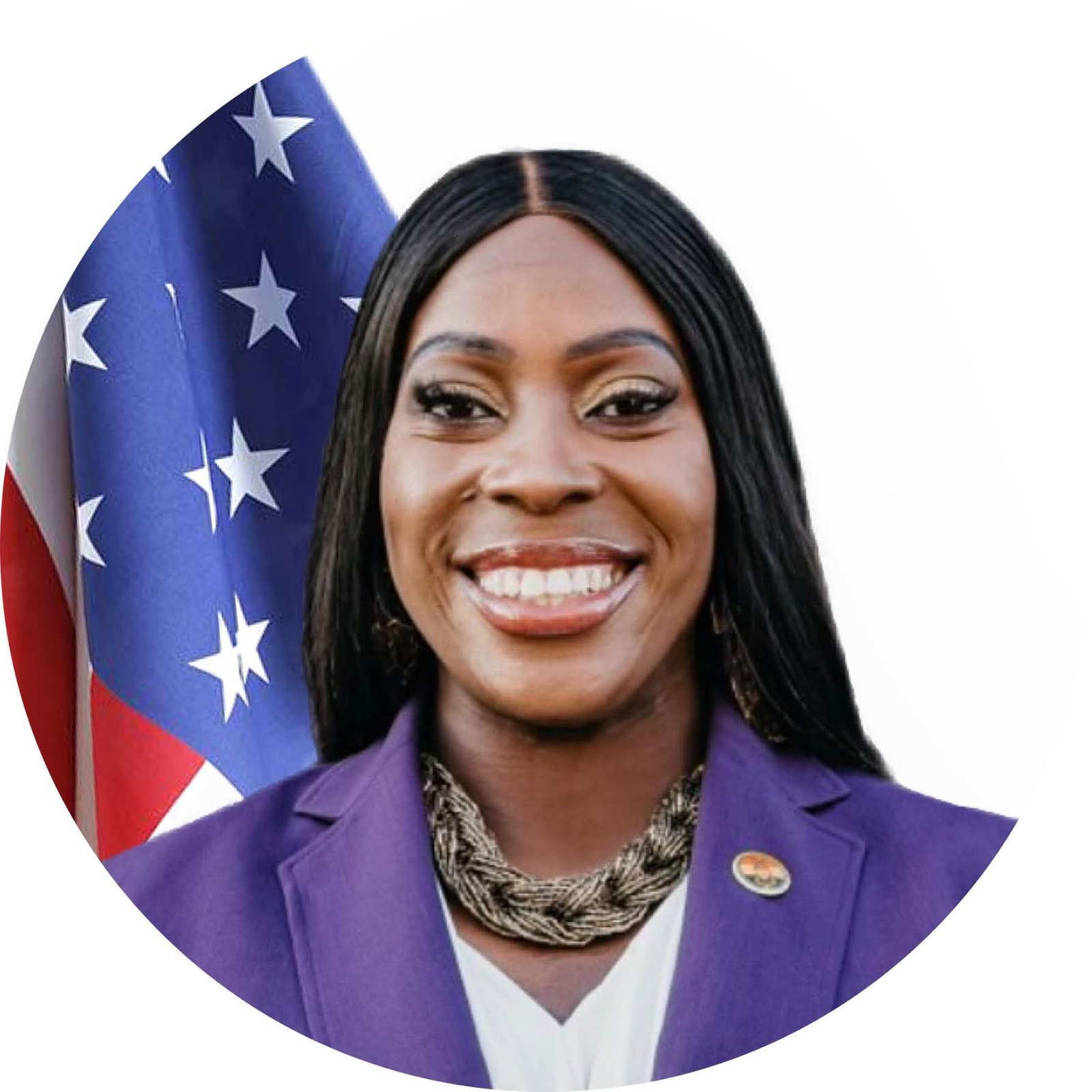
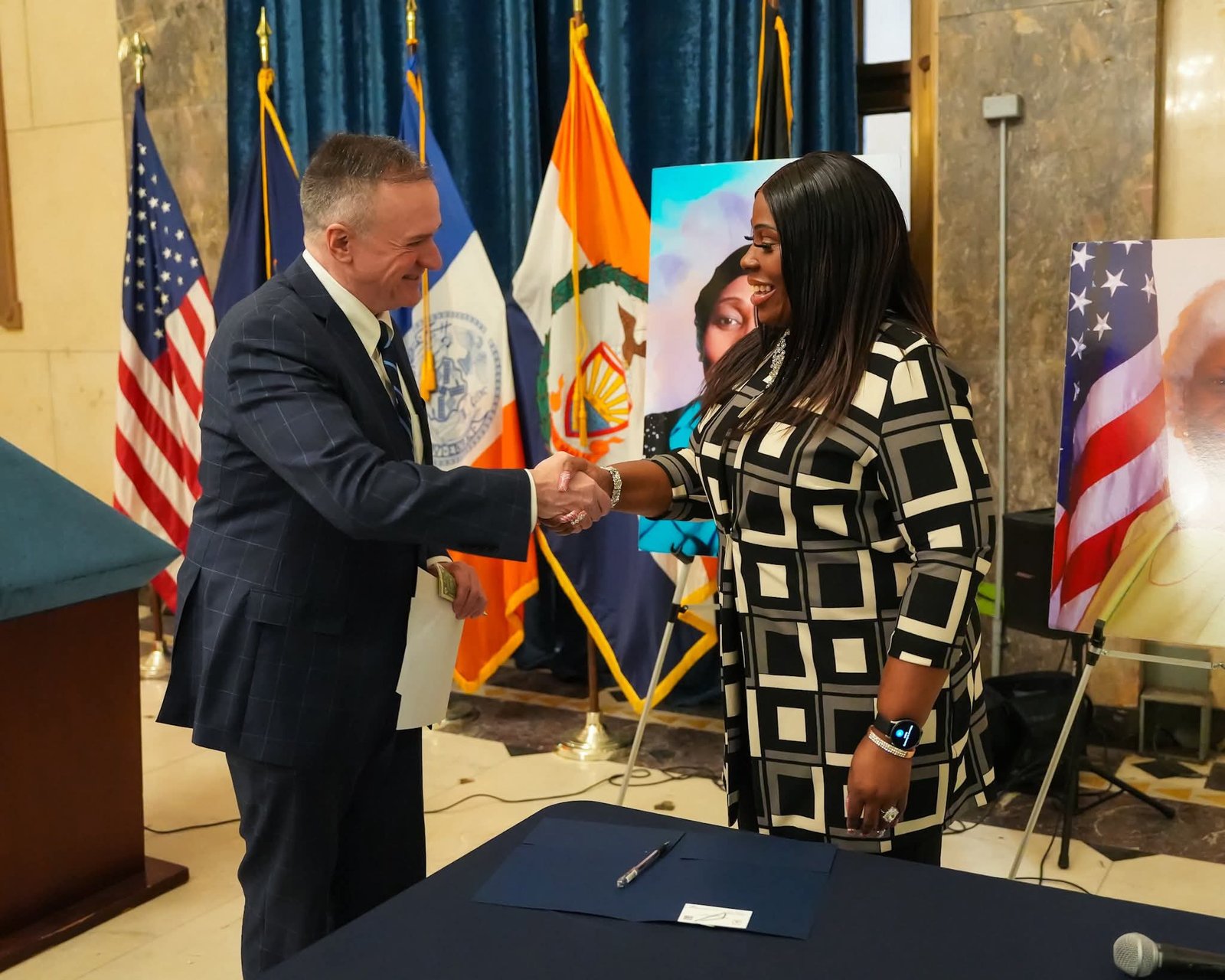
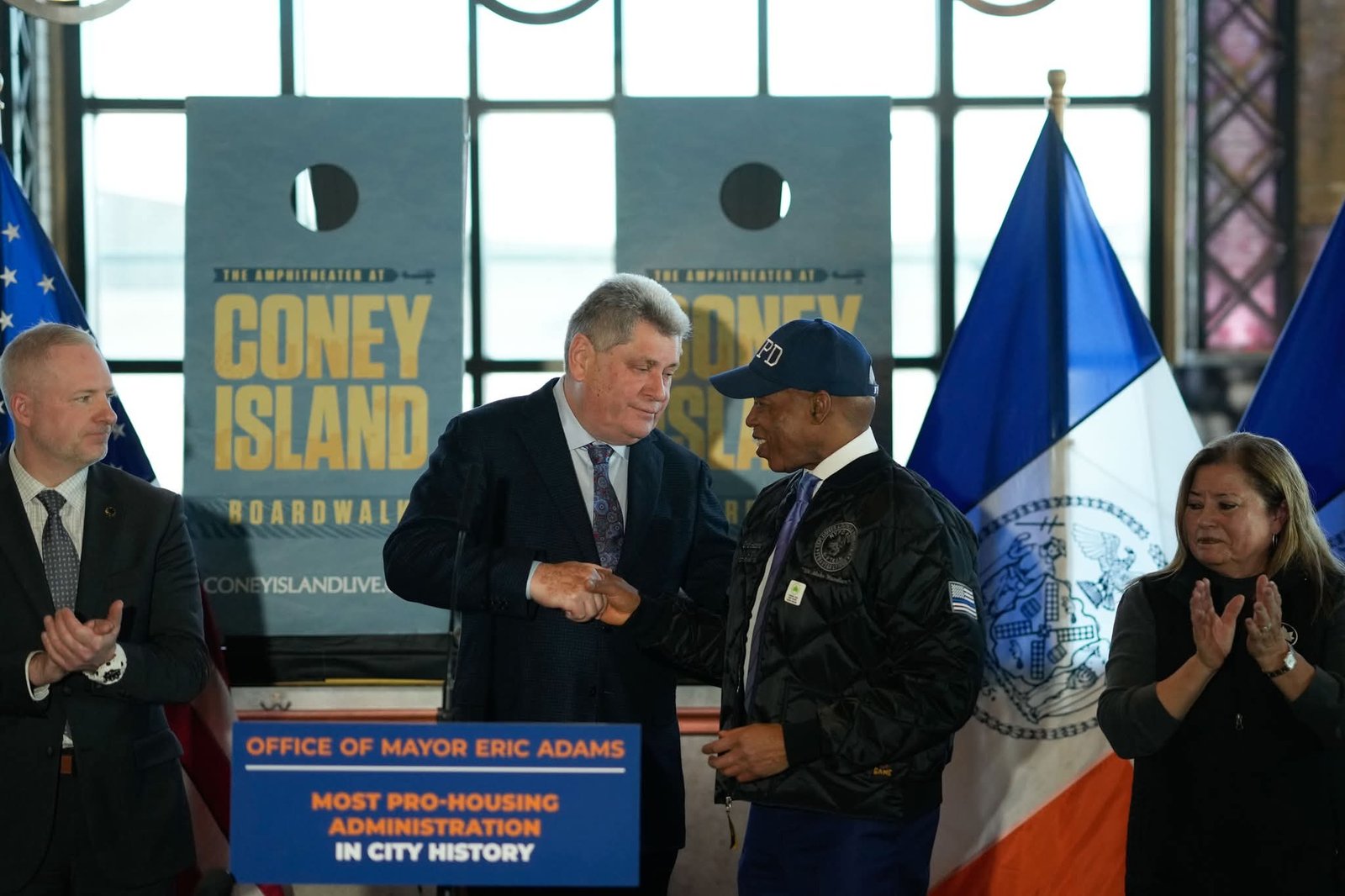
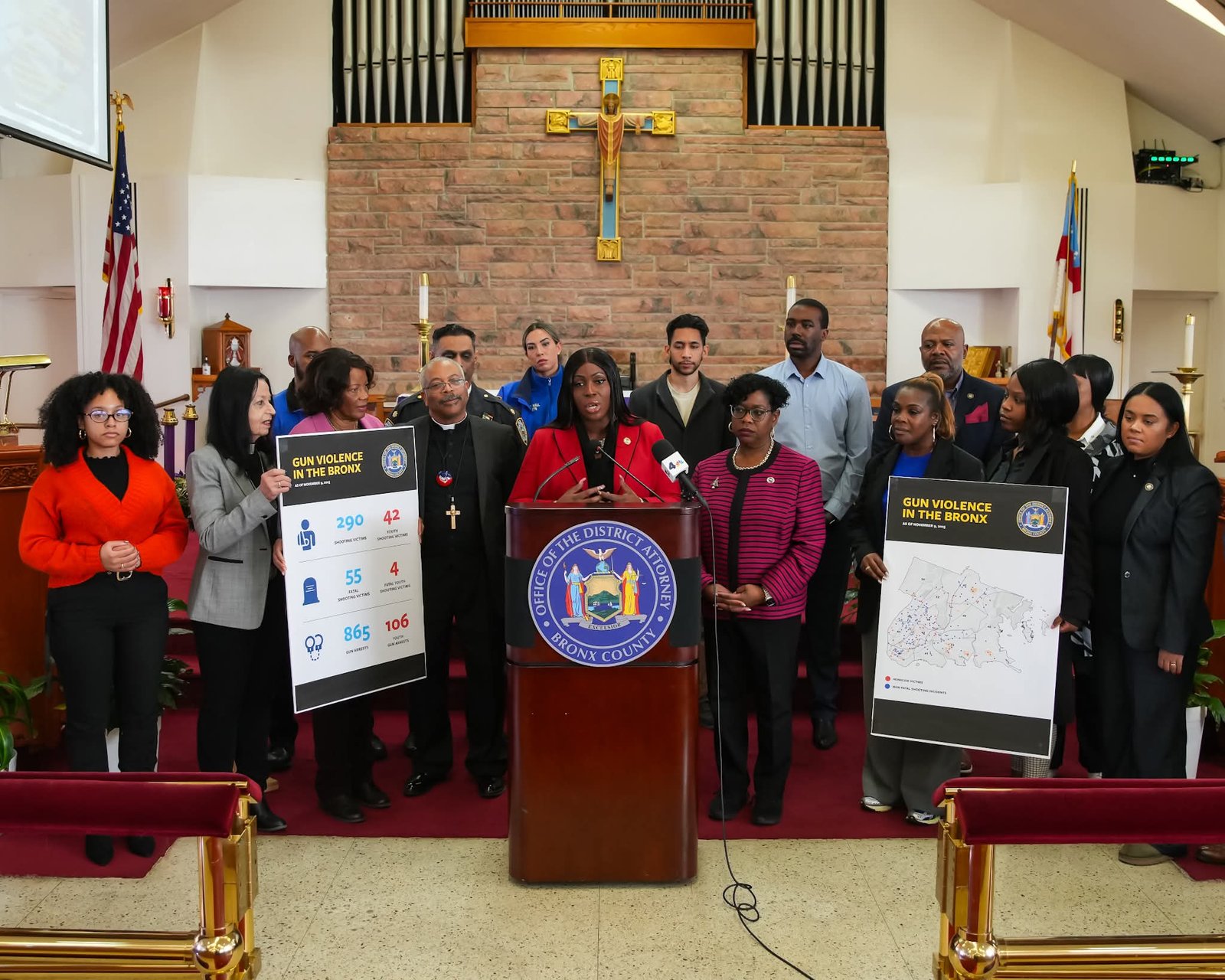
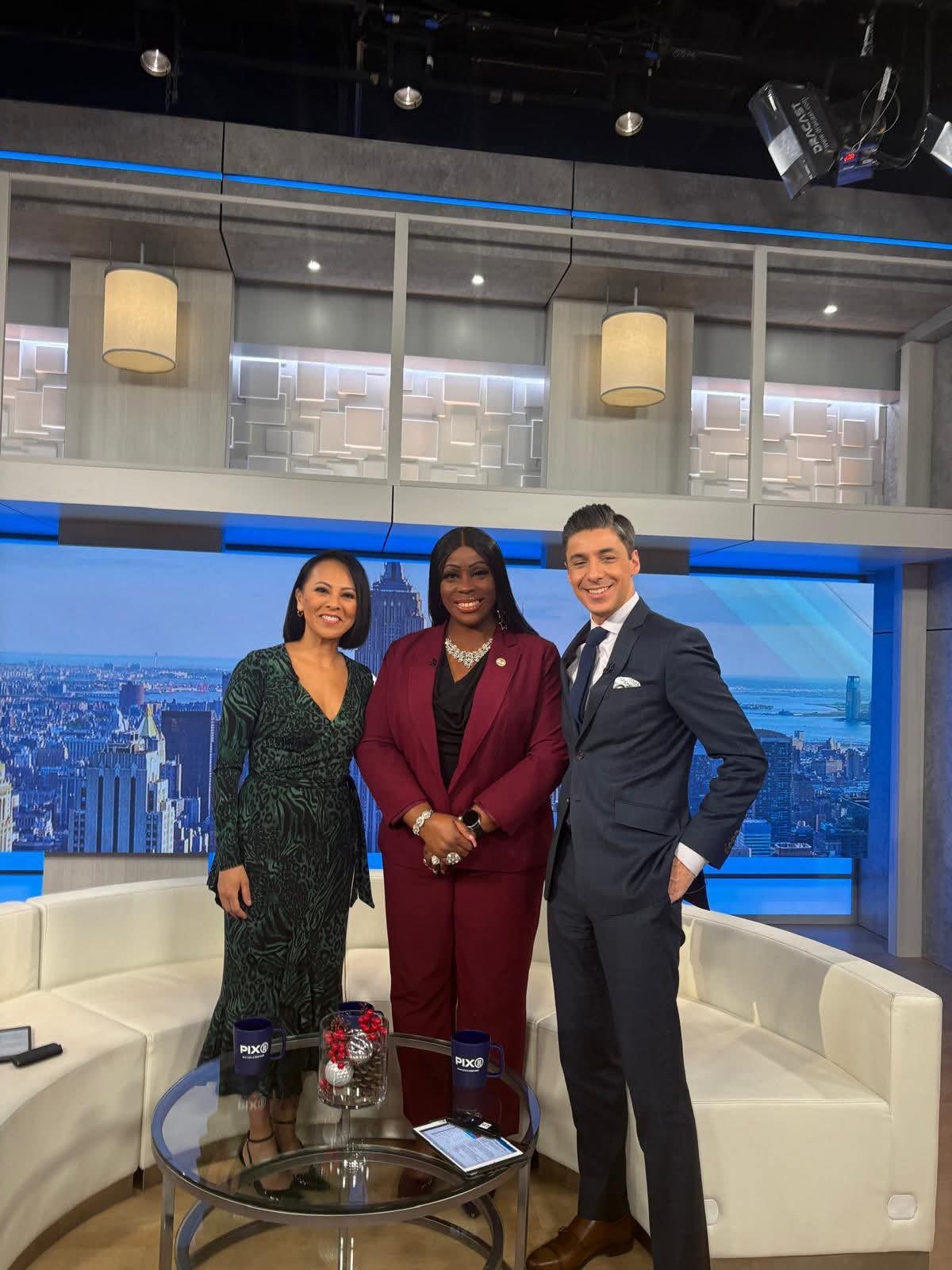
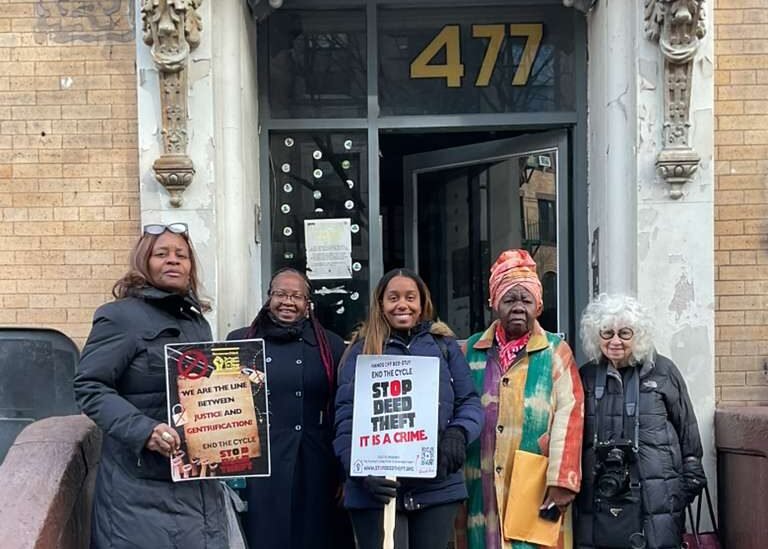
It good to celebrate all holidays that’s means peace and love .